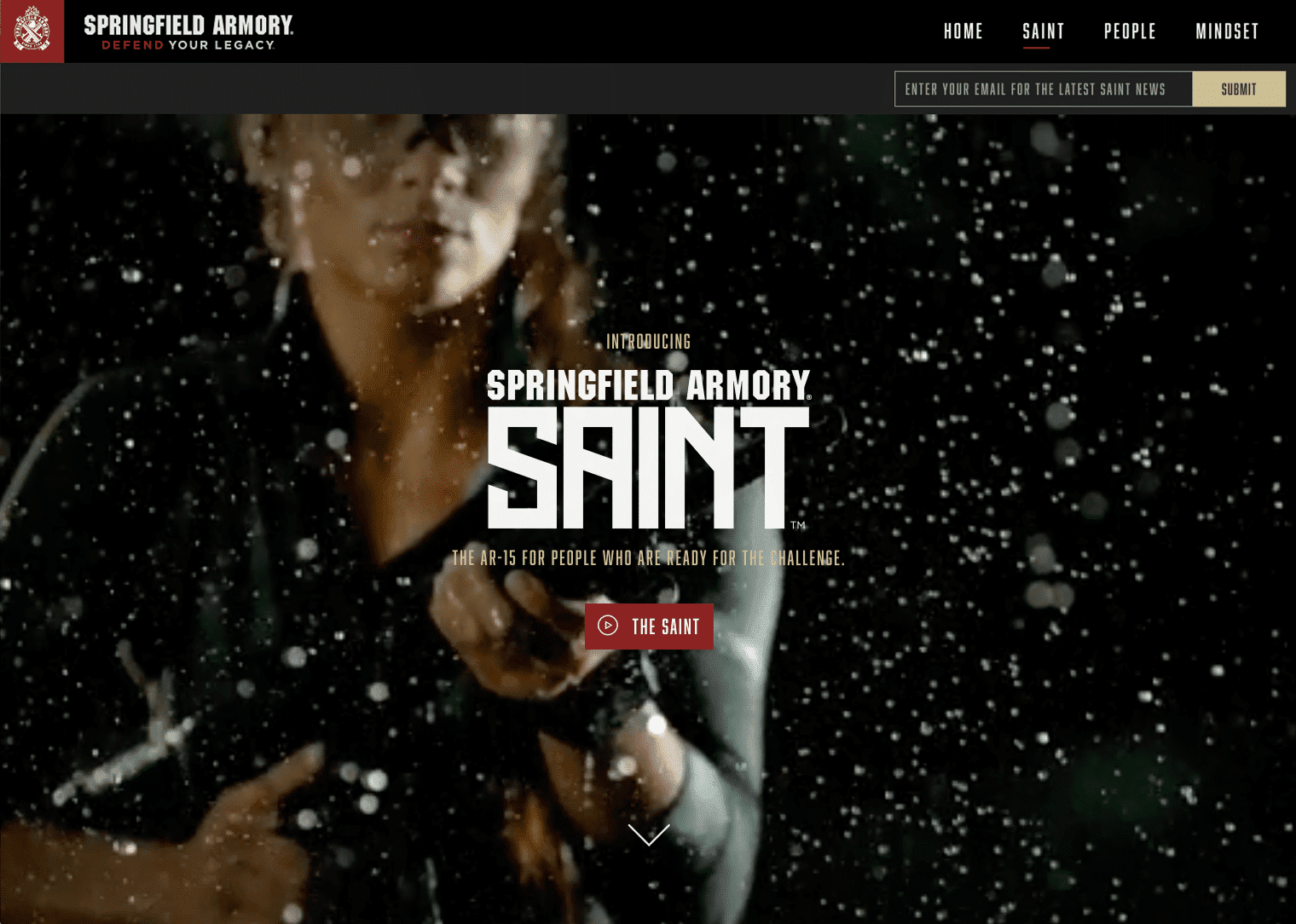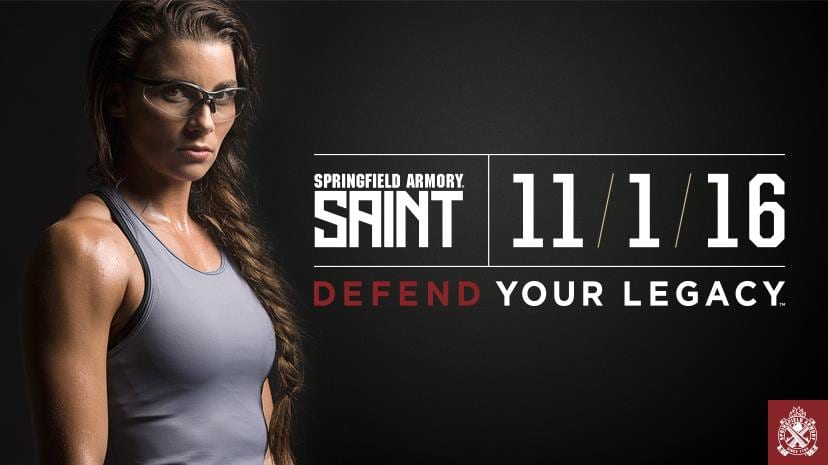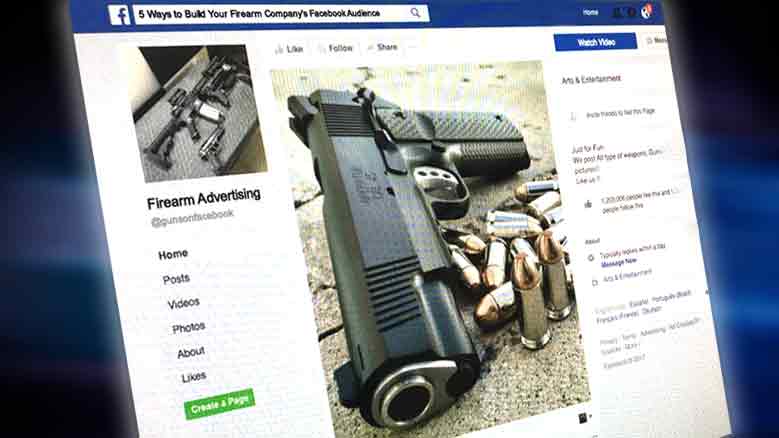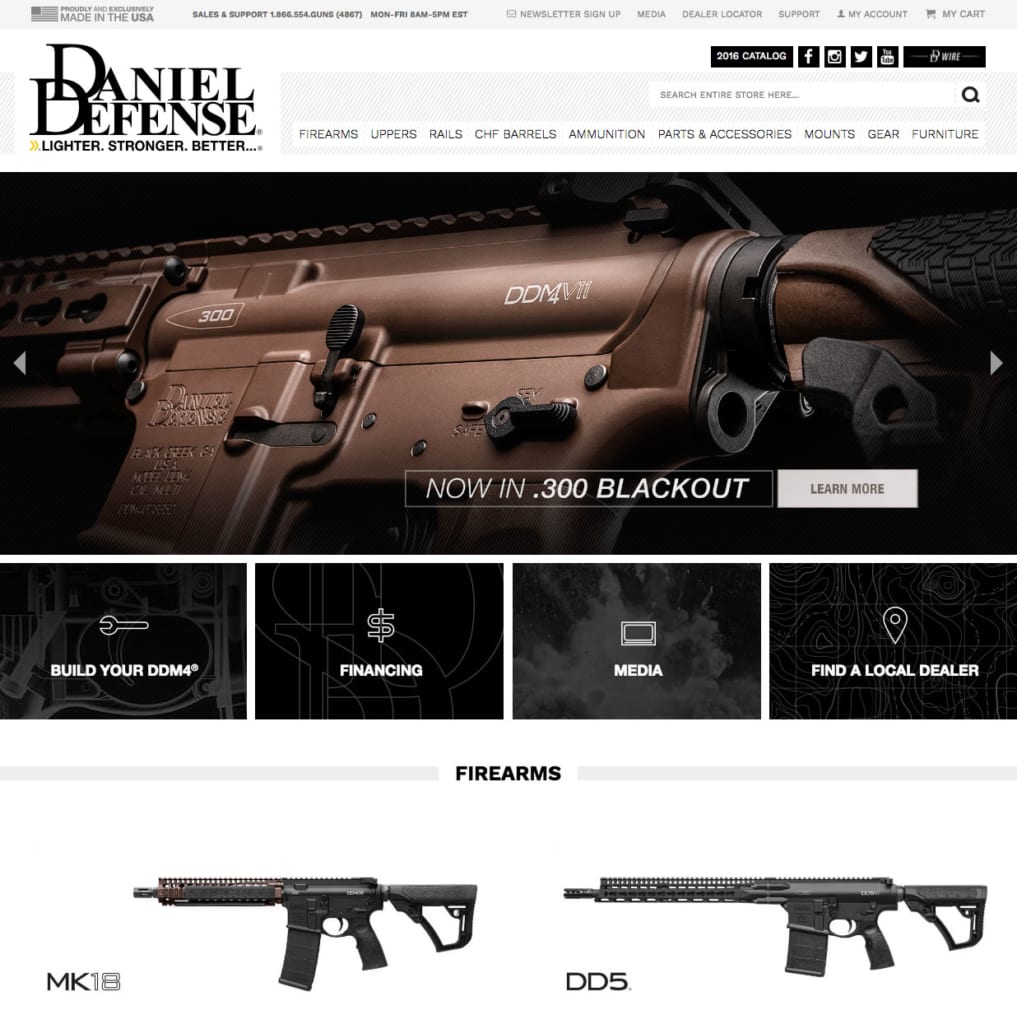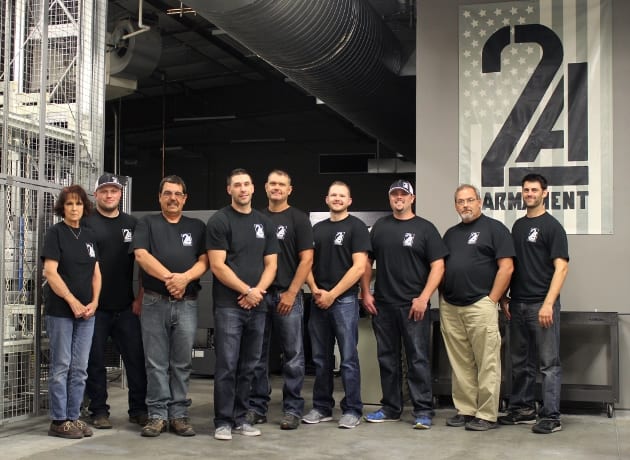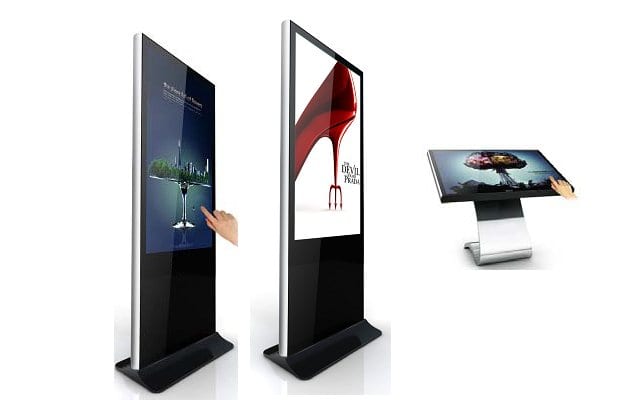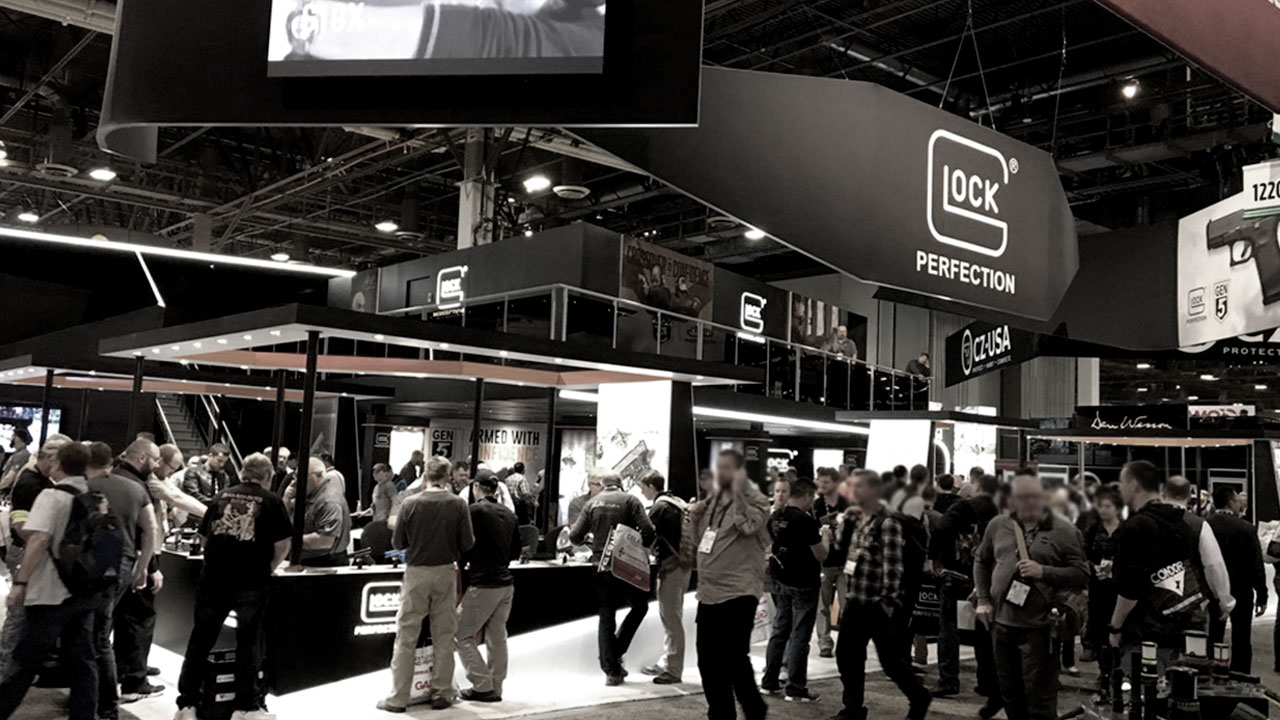
This past year, we’ve seen several new products hit the market with plenty more to come as we head into SHOT Show 2023. Manufacturers unveil new products every year, some just place them live on their website and send an email, while others launch with great fanfare that results in hundreds of thousands of free advertising and purchase orders.
Which begs the question—how do you create the buzz and attention your new product deserves?
In this article, I look back at 2017, which in my mind, was the single most exciting year for rollouts. The Maxim 9 by SilencerCo., The Saint by Springfield Armory, The Fixx by Q, LLC and the ill-fated H9 by Hudson Mfg. which was so successful that the company failed.
When considering your product and how to introduce it to the industry and your prospective customers—here are ten considerations to take into account that will help you roll out your firearm product correctly and with greater success.
1. Proper testing before release
This obviously goes without saying. In this industry, it’s better not to launch a product until it’s been properly tested, validated, beat to death and reviewed—otherwise, you risk immense failure and expense.
During the testing phase, be sure to collect any and all questions or concerns. Be patient and don’t rush your testing. SilencerCo. announced last year their integrally suppressed pistol, the Maxim 9, which at the time of the announcement— back in 2016—was already a year in the making. “You only get one chance with our marketplace. If I put out a product that is somewhat reliable or durable, and then I tell them it is going to get better, they won’t believe me. You got one shot. It has to be as good as it can be out of the gate.” Says, Jason Schauble, former President and CRO at SilencerCo.
Point being—don’t go to market until your product is ready.
2. Set goals, plan, and have a contingency plan
Depending on how your testing went—which can be many years in the making—you’ll want to start planning on what a successful rollout looks like well in advance taking great care that there will be no surprises on launch day.
“Managers must learn to engage the brand team and marketing, sales, advertising, public relations, and web professionals early on, thus gaining valuable feedback that can help steer a launch or, if necessary, abort it. Hearing opposing opinions can be painful—but not as painful as launching a product that’s not right for the market or has no market at all.” (Source: HBR )
How will you know if your product rollout is successful? Will you have enough inventory in stock to fulfill orders once they ship? Do you have a plan to ramp up if the product takes off? How will this product disrupt your segment or the industry? Be prepared for the after effects of a successful rollout or even a failed one by planning for the best and worst-case scenarios. Set goals based on the SMART method. Instead of setting a goal like “dominate the industry” which is all fair and good—get specific. Set a goal like: I want to drive 400 dealer registrations, grow my Facebook followers by 1000, sign 50 purchase orders and earn 5 major media mentions.
3. Determine your budget
At this point in your company’s history, you may only be able to afford a standard press release and a trade show booth at SHOT Show. But if you’re a larger brand, you may have the ability to go big by buying several media placements that blanket TV, PR, print, trade show and digital. Are you looking to cannonball the pool like Springfield Armory did with their SAINT release—or something smaller like Hudson Mfg. who introduced their new H9 at SHOT this past week with a new website, booth and earned media from the Gun Collective (see video below). Adequate budget should be put aside well in advance to create the buzz, interest, and sales needed for a proper launch.
4. Build product launch assets
On top of all the decisions needed to time and plan your rollout, there is a library of assets required to pull it off. Below is a content list you will need to communicate your product’s validity.
Video List
- 1-5, 60-90 second buzz-producing videos to be distributed over email and social media
- 3-9 minute product demonstration video
- Post launch video of others using your product (See the SAINT’s Popper Palooza Launch Video)
- Video of the raw progress and story—use it for buzz, post-launch videos, and blog articles
Photography
- Working off of your brand positioning, create the imagery (glamor shots) you’ll need to position the product in your prospects’ minds. Utilize imagery styles, models, influencers, and BETA customers to communicate its unique attributes.
Website & Social Media
There is a reason why most brands will build a standalone website for their product. By having a product website specific to your product’s launch—you will keep the focus on your product, and not on your other offerings (if you have them). Utilize other media assets to draw attention to the site like Facebook, Instagram, and Twitter.
- Email subscription capability
- Social media share buttons
- Dealer pricing and terms
- Automate and drive all social media posts to website with #hashtags
- Analytics to gauge success
Press Kit
• Press releases
• Media kit with approved or exclusive imagery
• Technical data
• Description, story and write-up
6. Answer-based blog articles
Create articles on the questions your reviewers and inevitably what your customers will ask. Record these topics as they come up during the testing and planning phase. Post these articles on your blog, optimize for search engines and incorporate this into your post-launch campaign. Slowly trickle these pieces of content out to your growing email subscriber list for the purpose of nurturing those leads into customers. It will be important to answer these questions as they will build trust and help provide a better customer service experience.
7. Influencers
In the firearms industry, it is imperative to get your product into the hands of as many targeted influencers and industry professionals as possible. Begin recruiting them during the testing phase to help promote your product post-launch. Send them free or review product along with your press kit. Looking at Hudson Mfg’s launch, they included well-known firearm training instructor and firearms aficionado, Chris Cerino. Give your reviewers and bloggers a product spec sheet that describes what the product is, what it isn’t, what makes it different, the story behind it and high-res graphic assets so they aren’t putting out pixelated photos. It’s important to steer and guide your product brand adequately so the blogosphere and the forum guys don’t make up their own.
8. Outbound Ad placements
Target the publishers that will best reach your buyers personas. Get their media kits and publishing dates well in advance, so you don’t miss their deadlines. Create a batch of different banner ad sizes and similar print ads from your photo and video library you’ll want to place on sites like Ammoland and others. Duplicate these in your social media feeds. Use retargeting Ad platforms that can increase banner ad response rates by 400% if possible. (Source: CMO)
9. Start the buzz
3-6 months out from your launch date, start creating the buzz. Get your subscribers involved. Start answering any objections around features, design, specs or price. Release teaser emails, place your banner ads, launch your website and let the industry know something is coming. Build it by communicating your value propositions and using your teaser imagery over social media that announces the big reveal with small snippets of your product. Track response through your analytics tool and social media comments. Be prepared to make any copy or imagery changes.
10. Launch day event
Depending on your goals, planning, and budget, your launch day event can be as simple as doing a Facebook Live post at your local range and opening your shopping cart on your website or throwing a massive launch party like Q’s Q-ball at the Voodoo lounge.
Product launches are typically more effective at a trade show where you can rent out a suite to invite industry friends, dealers and distributors to celebrate your success that further instigates buzz and word of mouth. Who doesn’t like free drinks?
Track the response of your event, record questions, and plan for inevitable marketing improvements as there will be many. Release your post-launch content, retweet/share social media posts and try to stretch the buzz that you’ve worked hard to create for as long as possible. Follow up with all distributors, dealers and buying groups promptly.
After several years of hard work, you can either cannonball the pool or dip in hoping someone will notice you. If you’ve innovated something that will disrupt the status quo, an investment in a proper rollout will give you an immense ROI for years to come. Rolling out a product is a delicate and stressful process. But done correctly, it will build your brand, jumpstart your sales and help you make your mark on the gun industry and perhaps history.
Contact us for a free marketing consultation and how we can help launch your firearm or hunting product.




